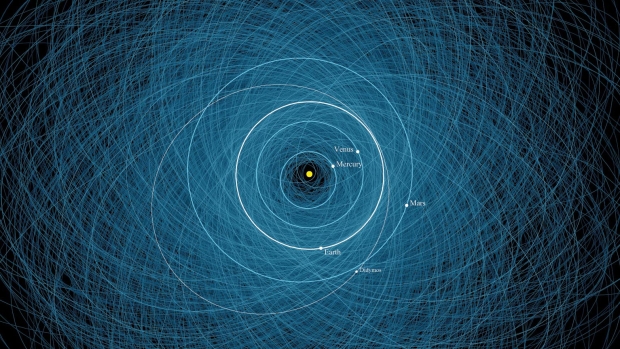NASA has developed a new near-Earth asteroid impact monitoring algorithm dubbed Sentry-II to help defend Earth against future asteroid threats.
Survey telescopes have identified nearly 28,000 near-Earth asteroids (NEAs) to date, with additional NEAs expected to be discovered and added at a rate of roughly 3,000 per year. With advances in survey telescope technology, this rate will likely increase. In response to the potential threat posed by these asteroids to Earth, NASA has developed Sentry-II, an asteroid impact monitoring algorithm that has just gone online.
The Center for Near-Earth Object Studies (CNEOS), managed by NASA's Jet Propulsion Laboratory (JPL) in Southern California, calculates the orbit of every known NEA, creating impact hazard assessments for NASA's Planetary Defense Coordination Office (PDCO). To do so, CNEOS has used Sentry software developed by JPL in 2002.
"The first version of Sentry was a very capable system that was in operation for almost 20 years. It was based on some very smart mathematics: In under an hour, you could reliably get the impact probability for a newly discovered asteroid over the next 100 years-an incredible feat," said Javier Roa Vicens, who led the development of Sentry-II while working at JPL as a navigation engineer.
Sentry-II can calculate the impact probabilities of currently known NEAs more rapidly while accounting for exceptional cases that the original Sentry could not. It could not account for things like the Yarkovsky effect, which generates additional thrust for an asteroid from infrared energy it releases. In these cases, NASA scientists had to do laborious manual analyses to determine the likely path of the asteroid.
A study detailing Sentry-II was published in The Astronomical Journal on December 1st, 2021, which you can read more from here.


